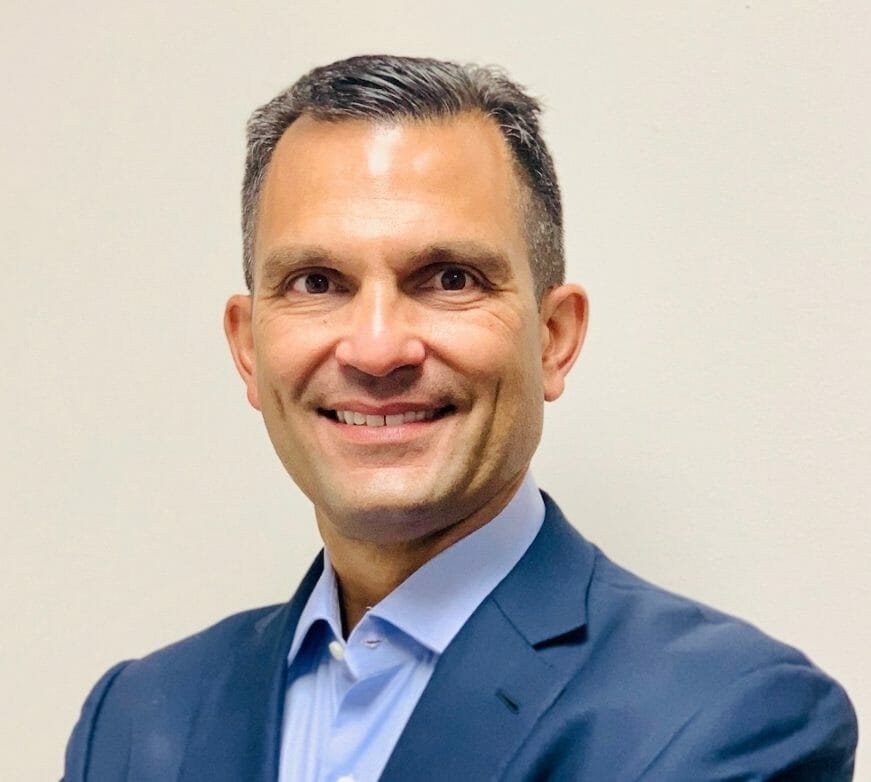
There is no question that the number of people receiving care at home is growing. This necessitates a new approach — an integrated approach — to home care.
A recent study, published by JAMA, shows an alarming trend. Between 2011 and 2020, the prevalence of homebound adults aged 70 years or older more than doubled, from approximately 5% to 13% of the U.S. population.
The study also reported that the prevalence of being homebound in 2020 was greatest among Hispanic/Latino individuals (34.5%), followed by Black non-Hispanic individuals (22.6%) and White non-Hispanic individuals (10.1%).
Fortunately, for patients, payers and healthcare organizations, home care allows individuals to convalesce within the home at a per user cost structure significantly below the per user costs associated with other post-acute care sites.
Home care also correlates with better patient outcomes. In an independent study, researchers found that hospital discharges with home care services significantly decreased the hazards of readmission and death in the studied sample. As such, home care services have proven to be an effective modality utilized to safely treat the care needs of patients after an inpatient discharge. For many, however, the promises of home care are not realized due to inefficiencies in traditional home care models, leading to poor experiences for this vulnerable population.
An inefficient fragmentation
Despite the many benefits home care can offer, the traditional home care model in the United States requires vast improvements. One of the biggest drawbacks of the current model is that the home care industry is composed of several different providers and service types. In most home care models, little coordination occurs between providers and service types, making it difficult for patients to receive comprehensive, integrated, timely services that improve the patient experience and enhance outcomes.
These different providers and service types include:
- Home Health Agencies (HHAs), such as skilled nursing, home health aides, physical therapy, speech therapy, and occupational therapy.
- Private-duty Nursing Providers (PDNs), such as long-term and multihour skilled nursing.
- Personal Care Services Providers (PCSs), such as companion care, attendant care, homemaker, personal care and respite.
- Durable Medical Equipment Providers (DME), such as oxygen, medical supplies, and medical equipment including wheelchairs, hospital beds, canes, sleep aides (CPAP & BiPap), and ventilators.
- Home Infusion Providers (IV), which includes IV administration, medications and IV per diems.
The home care services that patients often require transcend any single provider type, and includes a tapestry of home care services. For example, many patients who require DME also require coordination with home health agencies, personal care services providers, or private-duty nurses.
An integrated approach
This is why a multivariate, carefully orchestrated and patient-centered approach to home care services is critical. Fortunately, some progressive home care companies have found a better way to address the issues with traditional home care services: An integrated approach that delivers comprehensive, value-based care by combining administrative and clinical functions for home health, DME and home infusion. This model streamlines hospital discharges, simplifies care-coordination across all home care services and reduces unnecessary medical costs. It also aligns incentives between payers and providers to drive meaningful savings to health plan customers through efficient utilization and unit cost management.
As the number of homebound individuals grows, this model must become the rule, rather than the exception. All healthcare organizations should begin providing complete and coordinated home care offerings that effectively and compassionately meet the unique needs of homebound patients and their families. Anything less is unacceptable.
Paul Pino is the chief development and analytics officer and co-founder of Integrated Home Care Services Inc. His expertise includes national healthcare underwriting, healthcare analytics, M&A, business development and contract operations.



